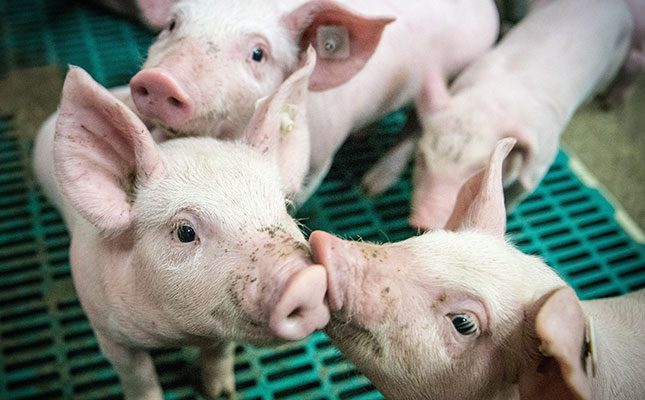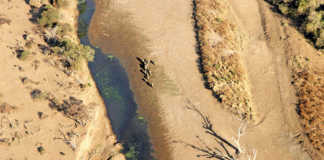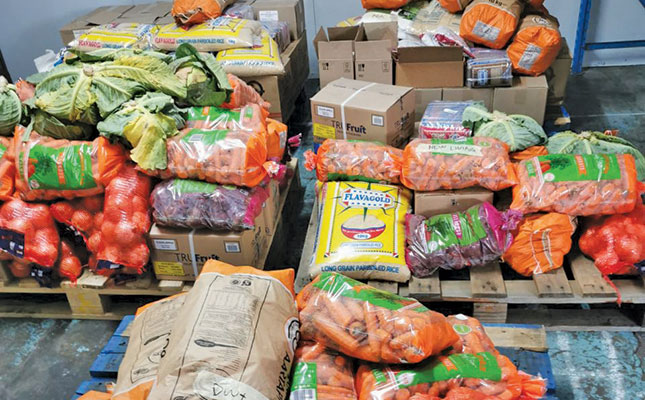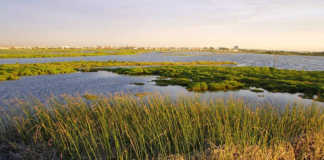
Photo: FW Archive
While I am encouraged by the number of young farmers who contact me for advice in respect of starting a small pig farming operation, unfortunately many of the farmers soon relinquish farming activities because they struggle to realise a profit when their first litters are ready for marketing.
Of all farmed animals in South Africa, pigs are probably the animals that require the most scientific knowledge if you wish to farm them profitably and functionally.
READ Young pig farmer shares lessons learnt during her first five years
While comparatively, sheep, goats, and cattle can be much easier farmed because these animals can be left on grazing rangelands or pastures as a food source, generally, pigs that are farmed intensively are totally reliant on you as the farmer for their food and water.
The thinking that pigs can be successfully raised or fed solely on kitchen scraps or swill collected from restaurants and supermarkets results in numerous challenges.
Unless these are high-quality energy and protein-rich scraps such as bread, milk, cheese and butter, you will encounter problems with important factors such as growth rates, daily weight gain, feed-to-meat conversion, and general health.
Sugary scraps may also result in pigs gaining more fat than muscle, and this is undesirable when animals are marketed.
READ Basic vaccination and health protocols for pigs
If scraps are, however, being obtained free of charge, then perhaps this vast saving on feed costs is worth considering, but you will need to monitor factors such as your pigs consuming too much roughage (products like wheat bran) or sugar (products like ice cream and cakes).
High roughage diets may result in slow growth rates and poor fat coverage on the carcass, while excessive sugar, to reiterate, may result in poor growth but excessive fat accumulation.
It is a common mistake to think that bran or pollard alone makes an ideal pig diet, because this product that is constituted mostly of roughage may contain some important trace elements but it is low in protein (for example, whey or fish meal) and energy (for example maize), both of which are essential in pig diets.
The combination or percentages of roughage, energy and protein varies greatly during the different stages of a pig’s life and even between sexes when pigs reach adulthood.
If you are buying pollard or bran solely because you believe it to be cheaper than pig growth or finisher meal, it becomes a very expensive exercise in the long term, because if eating only this, your pigs will struggle to grow and will probably never get fat.
When pork is too lean it also becomes undesirable to the consumer. So, while it may seem to be expensive to purchase growth meal with which to raise young pigs, what is important is that you try to attain the best daily growth rate as is possible.
READ Selecting the right pig breed for your farm
The sooner your pigs reach slaughter size and ideal weight, the sooner you can market them.
Considering these factors, the second important consideration is animal health. As a basic start for a new farmer, consider giving piglets iron injections within the first three days of life, because sow milk is very low in iron and this can lead to anaemia in piglets.
Suckling mothers should also be well fed and kept free of both internal and external parasites. As a basic management regimen, you can treat them with an injectable antiparasitic such as ivermectin or with a remedy containing this active ingredient.
Genetics
I can’t stress enough how important it is to start farming with the best possible genetics, and usually this genetic material can only be obtained from reputable breeders who have kept concise and proper records of the breeding animals that they are selling.
Inbreeding or inbred animals are a major problem in pig farming, and because of the intensive nature of pig farming and the large numbers of offspring over short time spans, the possibility of purchasing highly inbred pigs that will result in you later experiencing problems such as poor growth rates, small litters, undesirable-looking progeny, sickly animals and pigs with compromised immune systems is high.
For example, if you go to a part-time or unscrupulous breeder and buy three young sows and a boar that are siblings or closely related, you stand a good chance of later encountering problems.
Many breeders who don’t keep breeding records may not even know they have produced heavily-inbred animals! My advice is to try to purchase animals from different reputable breeders that do not swop genetics between one another.











